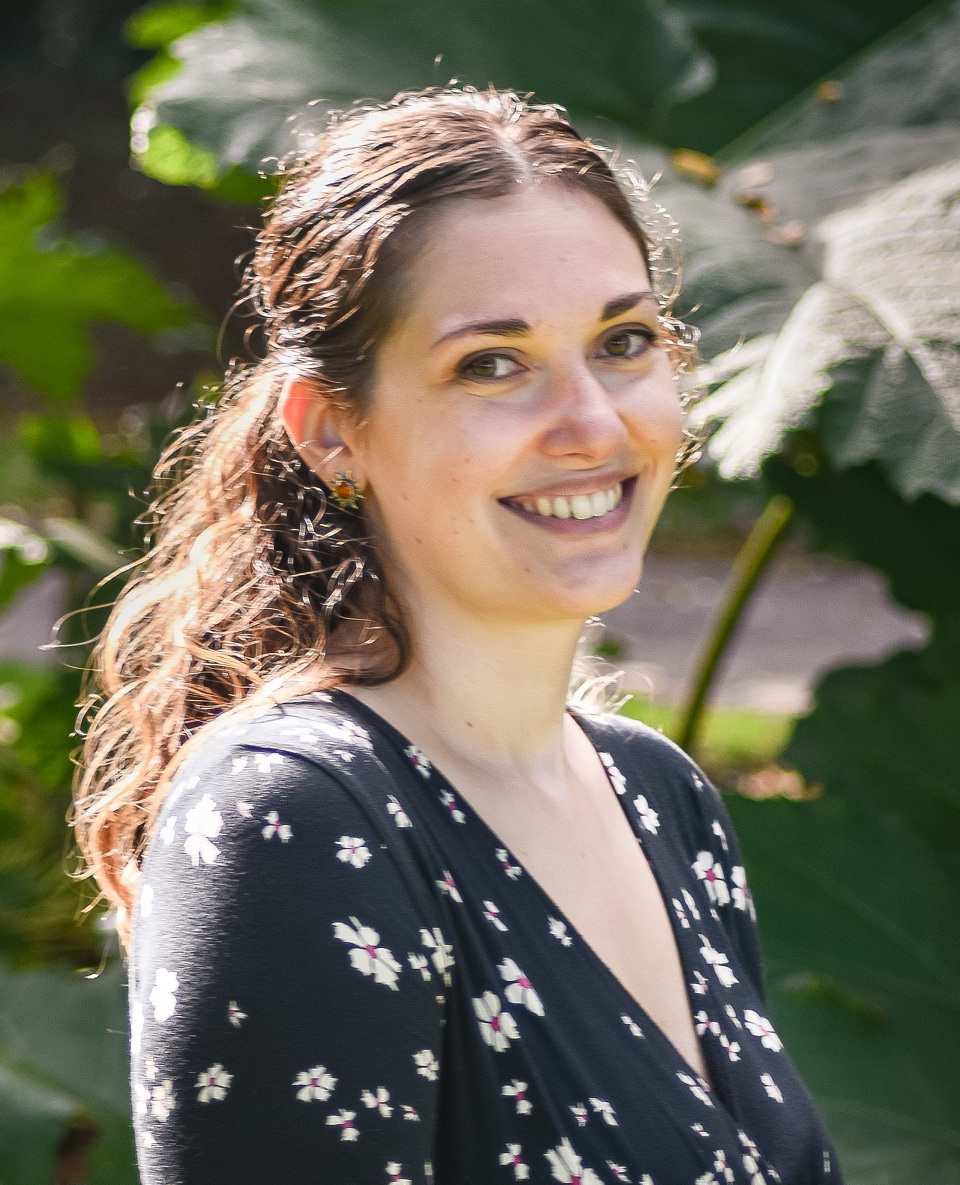Number of items: 5.
2024
Taylor Browne Lūka, Courtney  ORCID: https://orcid.org/0000-0002-2819-0673, Dutriaux, Léo
ORCID: https://orcid.org/0000-0002-2819-0673, Dutriaux, Léo  ORCID: https://orcid.org/0000-0001-6304-8691, Hendry, Katie, Stevenson, Judith L.
ORCID: https://orcid.org/0000-0001-6304-8691, Hendry, Katie, Stevenson, Judith L.  ORCID: https://orcid.org/0000-0001-6222-354X and Barsalou, Lawrence
ORCID: https://orcid.org/0000-0001-6222-354X and Barsalou, Lawrence  ORCID: https://orcid.org/0000-0002-1232-3152
(2024)
Developing and evaluating a situated assessment instrument for trichotillomania: The SAM2 TAI.
Assessment,
(doi: 10.1177/10731911241262140)
(PMID:39066613)
(Early Online Publication)
ORCID: https://orcid.org/0000-0002-1232-3152
(2024)
Developing and evaluating a situated assessment instrument for trichotillomania: The SAM2 TAI.
Assessment,
(doi: 10.1177/10731911241262140)
(PMID:39066613)
(Early Online Publication)
2023
Bolger, Fergus, Rowe, Gene, Hamlin, Ian, Belton, Ian, Crawford, Megan, Sissons, Aileen, Taylor Browne Lūka, Courtney  ORCID: https://orcid.org/0000-0002-2819-0673, Vasilichi, Alexandrina and Wright, George
(2023)
Virtuous opinion change in structured groups.
Judgment and Decision Making, 18,
e25.
(doi: 10.1017/jdm.2023.22)
ORCID: https://orcid.org/0000-0002-2819-0673, Vasilichi, Alexandrina and Wright, George
(2023)
Virtuous opinion change in structured groups.
Judgment and Decision Making, 18,
e25.
(doi: 10.1017/jdm.2023.22)
2021
Hamlin, Iain, Bolger, Fergus, Vasilichi, Alexandrina, Belton, Ian, Crawford, Megan M., Sissons, Aileen, Taylor Browne Lūka, Courtney  ORCID: https://orcid.org/0000-0002-2819-0673 and Wright, George
(2021)
Structured groups make more accurate veracity judgements than individuals.
Applied Cognitive Psychology, 35(6),
pp. 1600-1607.
(doi: 10.1002/acp.3892)
ORCID: https://orcid.org/0000-0002-2819-0673 and Wright, George
(2021)
Structured groups make more accurate veracity judgements than individuals.
Applied Cognitive Psychology, 35(6),
pp. 1600-1607.
(doi: 10.1002/acp.3892)
Allik, Mirjam  ORCID: https://orcid.org/0000-0003-1674-3469, Brown, Denise
ORCID: https://orcid.org/0000-0003-1674-3469, Brown, Denise  ORCID: https://orcid.org/0000-0002-5195-5312, Taylor Browne Lūka, Courtney
ORCID: https://orcid.org/0000-0002-5195-5312, Taylor Browne Lūka, Courtney  ORCID: https://orcid.org/0000-0002-2819-0673, Macintyre, Cecilia, Leyland, Alastair H.
ORCID: https://orcid.org/0000-0002-2819-0673, Macintyre, Cecilia, Leyland, Alastair H.  ORCID: https://orcid.org/0000-0003-3741-7099 and Henderson, Marion
ORCID: https://orcid.org/0000-0003-3741-7099 and Henderson, Marion  ORCID: https://orcid.org/0000-0001-7582-9516
(2021)
Cohort profile: The ‘Children’s Health in Care in Scotland’ (CHiCS) study—a longitudinal dataset to compare health outcomes for care experienced children and general population children.
BMJ Open, 11(9),
e054664.
(doi: 10.1136/bmjopen-2021-054664)
(PMID:34521682)
(PMCID:PMC8442099)
ORCID: https://orcid.org/0000-0001-7582-9516
(2021)
Cohort profile: The ‘Children’s Health in Care in Scotland’ (CHiCS) study—a longitudinal dataset to compare health outcomes for care experienced children and general population children.
BMJ Open, 11(9),
e054664.
(doi: 10.1136/bmjopen-2021-054664)
(PMID:34521682)
(PMCID:PMC8442099)
Belton, Ian, Wright, George, Sissons, Aileen, Bolger, Fergus, Crawford, Megan M., Hamlin, Iain, Taylor Browne Lūka, Courtney  ORCID: https://orcid.org/0000-0002-2819-0673 and Vasilichi, Alexandrina
(2021)
Delphi with feedback of rationales: How large can a Delphi group be such that participants are not overloaded, de-motivated, or disengaged?
Technological Forecasting and Social Change, 170,
120897.
(doi: 10.1016/j.techfore.2021.120897)
ORCID: https://orcid.org/0000-0002-2819-0673 and Vasilichi, Alexandrina
(2021)
Delphi with feedback of rationales: How large can a Delphi group be such that participants are not overloaded, de-motivated, or disengaged?
Technological Forecasting and Social Change, 170,
120897.
(doi: 10.1016/j.techfore.2021.120897)
This list was generated on Mon Jun 30 06:07:01 2025 BST.



